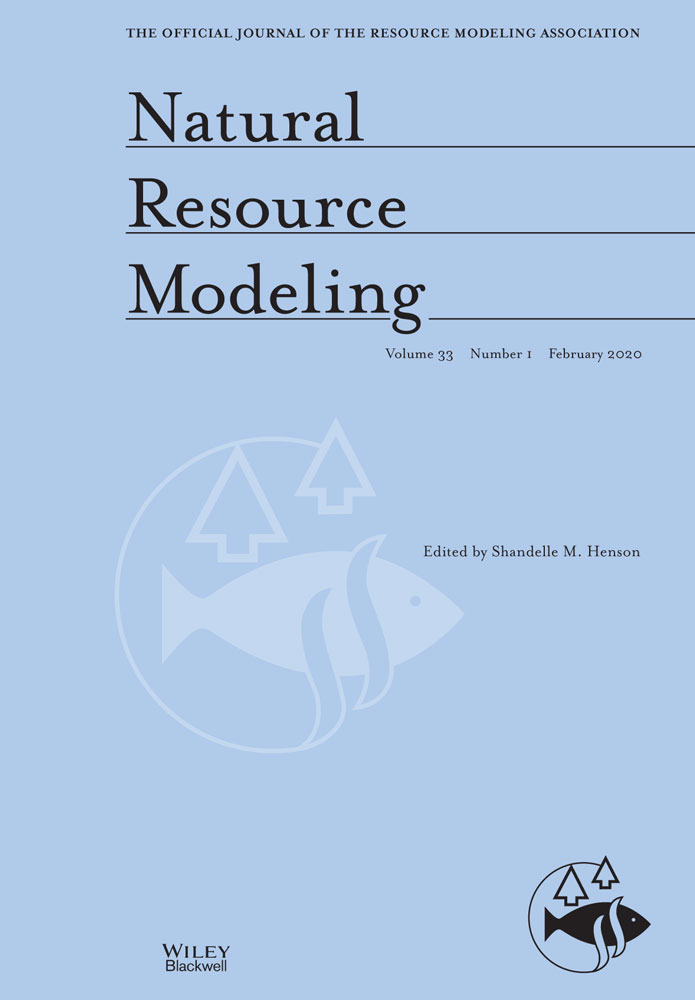A copula-based index for drought analysis in arid and semi-arid regions of Iran
Abstract
The copula functions are frequently used by researchers for modeling dependence structure among the correlated attributes in many areas. The copulas are widely used for the analysis of drought frequency, drought characteristics, drought coincidence risk, uncertainty, and drought forecasting. In this research, we have compared two indices of drought assessment, including SPI-12 and copula-based joint deficit index (JDI). In this regard, the drought characteristics, including the severity, duration, and drought frequency have been studied in 25 synoptic stations of Iran during the 1968–2014. The results showed that, unlike JDI, the SPI-12 is not able to estimate the drought peak during the critical and extreme condition. Although JDI has identified a severe and extreme drought during the pervasive drought, the SPI-12 estimated a normal condition. The results show that JDI accurately estimates the drought frequency, but the SPI-12 provided an unexpected estimation is some stations. In addition, the MannKendal trend test for drought characteristics represents that JDI accurately estimates the expected trend (an increasing trend) whereas the SPI-12 exhibits no significant trend in most stations. Finally, JDI provides a comprehensive assessment of drought for decision-makers and natural managers.
Recommendations for Resource Managers
Through this research, two well-known indices in drought analysis, including copula-based joint deficit drought index (JDI) and the SPI-12 were applied and compared for drought assessment in the arid and semi-arid regions of Iran. Also, the spatial distributions of drought characteristics (severity, duration, and frequency) have been assessed using the Mann–Kendal approach.
This conclusion has four implications for resource managers:
- ●
A joint deficit index (JDI) is defined based on copula functions. This approach provides a probability-based description of the overall drought status.
- ●
The JDI is not only able to reflect the beginning and ending times of drought, but also provides the possibility of monthly drought assessment.
- ●
Multivariate analysis of drought characteristics (severity, duration, and frequency) provides an accurate understanding of drought status in arid and semi-arid regions in Iran.
- ●
The results of the meteorological drought analysis using JDI show that this method is a useful tool for managers and decision-makers to assess the drought conditions in arid and semi-arid regions.
CONFLICT OF INTEREST
The authors declare that there is no conflict of interest.




